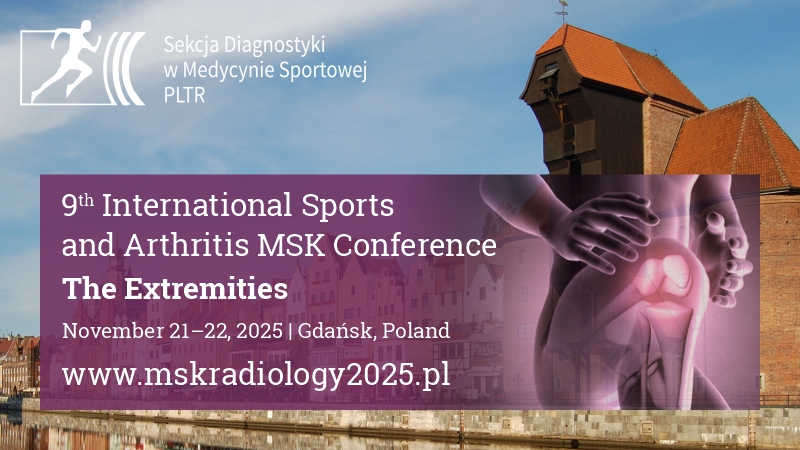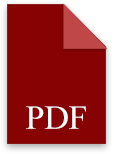Evaluation of hepatic steatosis in obese children and adolescents using immune-inflammatory markers and shear wave elastography
Mehmet Akçiçek1, Nurullah Dağ2
 Affiliation and address for correspondence
Affiliation and address for correspondenceAim: To investigate the changes in liver stiffness and immune-inflammatory markers associated with obesity and the degree of hepatic steatosis in obese children and adolescents. Methods: A total of 76 obese children and adolescents aged 6–18 years, with body mass index percentiles >95th, were included in the study. Patients with metabolic syndrome, diabetes mellitus, and chronic liver disease were excluded. A control group of 44 patients of healthy and normal-weight children was included. Laboratory values from the past month were analyzed using patient records. Shear wave elastography and ultrasound examinations were performed on a single device by the same experienced radiologist. Results: The systemic immuneinflammation index and pan-immune inflammation values were significantly higher in obese patients with hepatic steatosis compared to obese patients without hepatic steatosis (p <0.001). Liver stiffness values were significantly higher in steatotic patients compared to nonsteatotic patients (p <0.001). A significant difference was observed between hepatic steatosis grades in terms of immune-inflammation index and pan-immune inflammation value values (p <0.001). There was a strong, positive, statistically significant correlation between liver stiffness and immune-inflammation index and pan-immune inflammation value (p <0.05). Conclusions: Immune-inflammatory biomarkers and shear wave elastography may provide valuable insights into the diagnosis and follow-up of inflammation and fibrosis in the evaluation of hepatic steatosis in obese children and adolescents.








